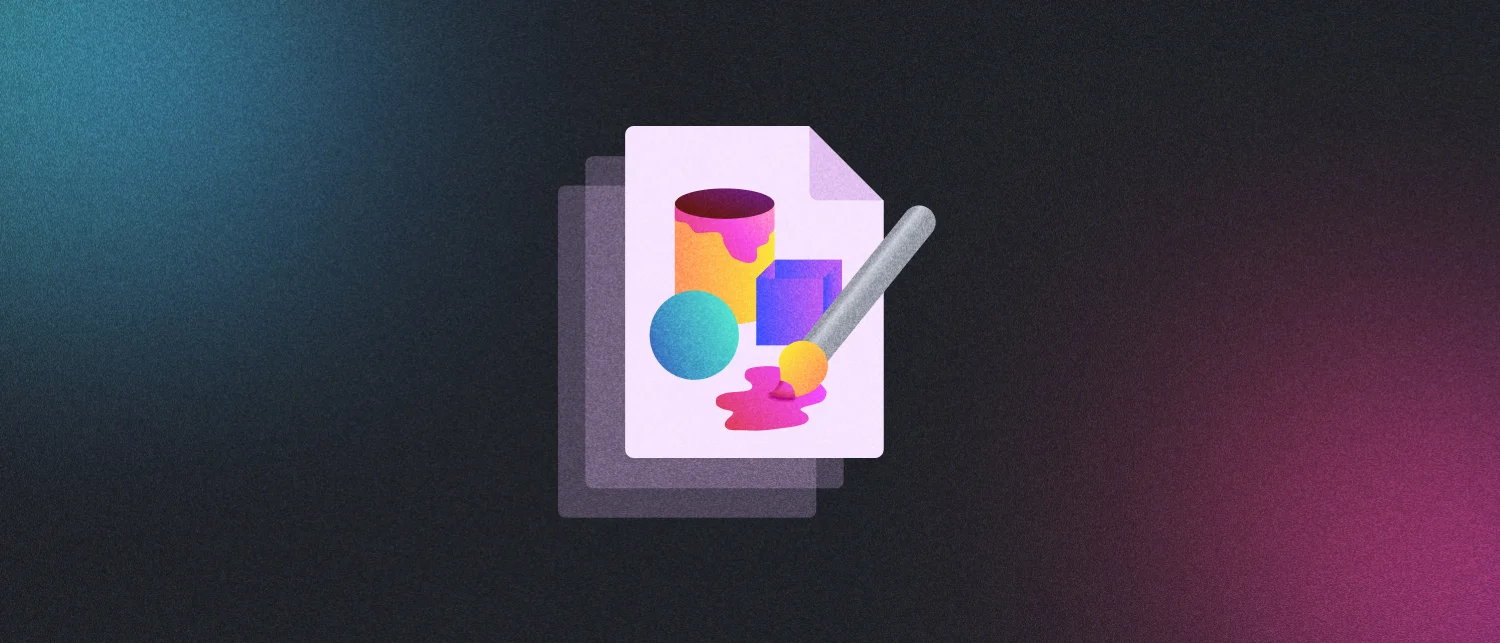Agra Metro: Transforming Connectivity and Tourism in the City of Taj
Introduction
Prime Minister Narendra Modi inaugurated the Agra Metro’s priority corridor from the Taj East Gate to Mankameshwar on March 6, 2024, through video conferencing. This new section is set to enhance connectivity to historical tourist places, according to a statement from the Prime Minister’s Office (PMO). Let’s delve into the details of the Agra Metro project, its background, key facts, and its anticipated impact on the city.
Agra Metro Background
The foundation of the Agra Metro Rail was laid virtually by Prime Minister Narendra Modi on December 7, 2020. The project is being implemented by the Uttar Pradesh Rail Metro Corporation (UPMRC) and comes with an estimated cost of Rs 8,379 crore. Upon completion, the project will provide the city with 29.40 km of metro lines, significantly improving urban mobility.
Agra Metro Key Facts
- Total length: 29.40 km
- Estimated cost: Rs 8,379.62 crore for Line-1
- Number of corridors: 2
- Number of stations: 29
- Estimated ridership: 7.36 lakh per day by 2031
Agra Metro Rail Project Corridors
The Agra Metro project will consist of two corridors that pass through the city center, connecting major tourist spots such as the Taj Mahal, the Agra Fort, and Sikandra. It will also link important locations such as the ISBT, the Raja Ki Mandi railway station, the Medical College, the Agra Cantonment Railway Station, the Collectorate, the Sanjay Place, and nearby residential areas.
Agra Metro Phase-1 Route
Sikandra to Taj East Gate Corridor
This corridor is 14 km long, with a mix of elevated and underground sections, totaling 13 stations (6 elevated and 7 underground).
- Line-1: Sikandra-Taj East Gate
- Length: 14.25 km
- Type: Elevated (6.569 km); underground (7.681 km)
- Depot: PAC Depot (16.3 ha)
- Number of Stations: 14
- Station names: Sikandra, Guru Ka Taal, ISBT, Shastri Nagar (future), RBS College, Raja Ki Mandi, St. John’s (Agra University), Medical College, Jama Masjid, Agra Fort, Taj Mahal (Purani Mandi), Fatehabad Road, Basai & Taj East Gate
Agra Cantt to Kalindi Vihar Corridor
This corridor spans 15.40 km and includes 14 elevated stations.
- Line-2: Agra Cantt.– Kalindi Vihar
- Length: 15.40 km
- Type: Elevated
- Depot: Kalindi Vihar Depot (11.9 ha)
- Number of Stations: 15
- Station Names: Agra Cantt., Sultanpura, Sadar Bazaar, Pratap Pura (future), Collectorate, Subhash Park, St. John’s (Agra University), Hariparvat Chauraha, Sanjay Place, MG Road, Sultanganj Crossing, Kamla Nagar, Rambagh, Foundary Nagar, Mandi Samiti (Agra Mandi) & Kalindi Vihar
Stations on Agra Metro Priority Stretch
The Agra Metro priority corridor in the city that hosts the Taj Mahal would run from the Taj East Gate to Mankameshwar. Stations on this route would include:
- Taj East Gate
- Basai Metro Station
- Fatehabad Road Metro Station
- Taj Mahal
- Agra Fort
- Mankameshwar
While the first three stations will be elevated, the other three will run underground.
Agra Metro Impact
The Agra Metro will enhance connectivity in the city, making it easier for residents and tourists to travel between significant landmarks and key areas of the city. “The Agra Metro would not only help in public transportation but also help tourists and generate employment opportunities for the youths. Agra will also emerge as a metro city in the future and give plenty of employment opportunities, enhanced tourism, and boost its image on the world map,” said Yogi Adityanath, Chief Minister of Uttar Pradesh.
Conclusion
The Agra Metro project is a significant step towards modernizing the city’s infrastructure and enhancing its appeal as a global tourist destination. With improved connectivity, the metro will not only make commuting easier for residents but also provide a seamless travel experience for tourists visiting Agra’s historical landmarks. As the project progresses, it promises to bring economic growth, job opportunities, and a boost in tourism, positioning Agra as a prominent metro city on the world map.
Got any questions or points of view on our article? We would love to hear from you. Write to our Editor-in-Chief Rajat Piplewar at [email protected].
